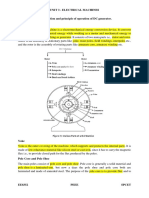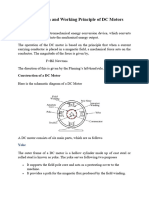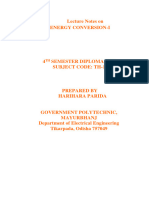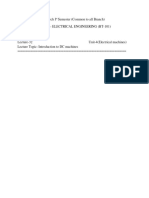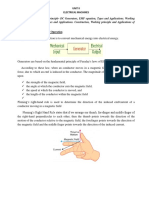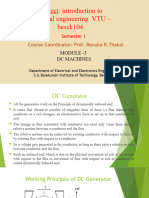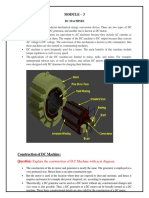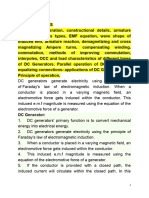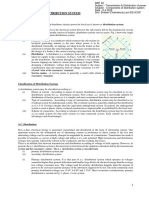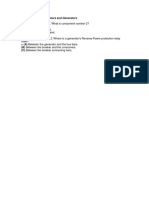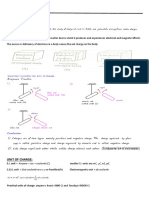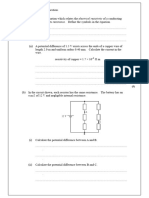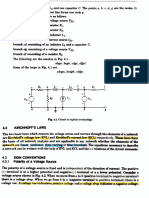0% found this document useful (0 votes)
27 views8 pagesMachine Lab Report 01
The document outlines the construction and components of a DC Motor, DC Generator, and Single-Phase Transformer as part of an experiment for the Electrical Machine I Sessional course at Rajshahi University of Engineering & Technology. It details the key parts of each machine, including the stator, rotor, commutator, and brushes for the DC Motor and Generator, as well as the primary and secondary windings for the Transformer. Additionally, it includes nameplate readings for each machine, providing essential operational parameters.
Uploaded by
www.almominhossain9Copyright
© © All Rights Reserved
We take content rights seriously. If you suspect this is your content, claim it here.
Available Formats
Download as PDF, TXT or read online on Scribd
0% found this document useful (0 votes)
27 views8 pagesMachine Lab Report 01
The document outlines the construction and components of a DC Motor, DC Generator, and Single-Phase Transformer as part of an experiment for the Electrical Machine I Sessional course at Rajshahi University of Engineering & Technology. It details the key parts of each machine, including the stator, rotor, commutator, and brushes for the DC Motor and Generator, as well as the primary and secondary windings for the Transformer. Additionally, it includes nameplate readings for each machine, providing essential operational parameters.
Uploaded by
www.almominhossain9Copyright
© © All Rights Reserved
We take content rights seriously. If you suspect this is your content, claim it here.
Available Formats
Download as PDF, TXT or read online on Scribd
/ 8
















